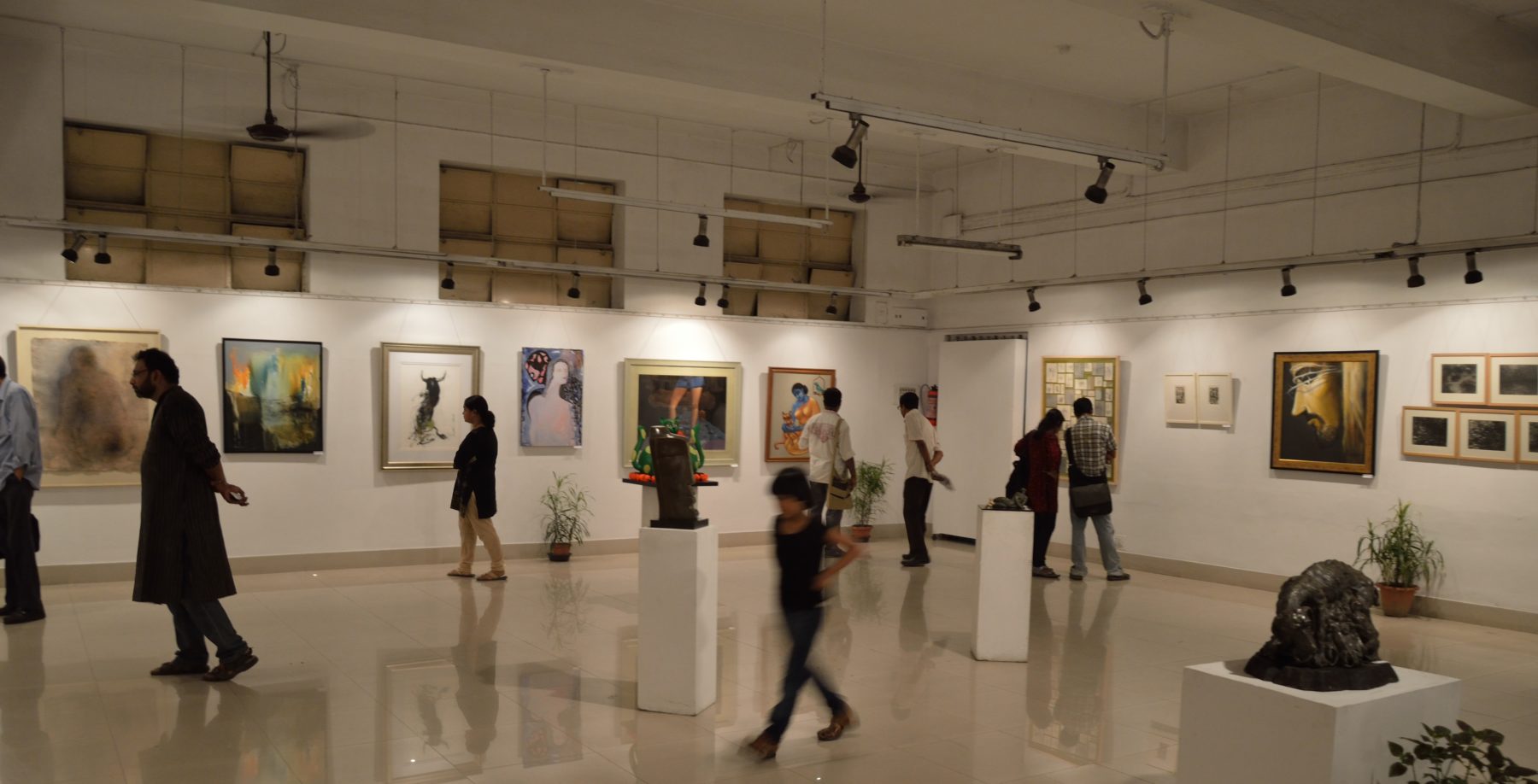1. Abigail Gilmore. Cultural Trends 26:1, 34-46. “The Park and the Commons: Vernacular Spaces for Everyday Participation and Cultural Value.” 2017. United Kingdom. This article looks at public parks as vernacular spaces for everyday participation, drawing on empirical research, including ethnographic fieldwork, household interviews and focus groups, and community engagement.
2. Gwendolyn W. Saul and Diana E. Marsh. Museum Anthropology 41:2. “In Whose Honor? On Monuments, Public Spaces, Historical Narratives, and Memory.” 2018. United States. In this context of charged public discourse on Confederate monuments, the authors discuss whether the immediate removal of these statues and monuments changes the representation of histories and heritage.
3. Robert Hewison. Apollo International Arts Magazine. “The culture secretary has no business threatening museums.” 2020. United Kingdom. A recent letter from Oliver Dowden, Secretary of State for Digital, Culture, Media and Sport, has stirred up controversy around contested heritage and government non-interference in arts and heritage matters.
4. Aaron Wiener. The Knight Foundation. “Common Goals, Different Approaches: How Five Cities Reimagined Their Public Spaces.” 2019. United States. This three-year national initiative was launched in 2016 with the announcement of a $40 million investment in public spaces in four cities: Detroit; Memphis; Akron; and Chicago.
5. Waldemar Cudny and Hakan Appelblad. Norwegian Journal of Geography 73:5, 273-289. “Monuments and Their Functions in Urban Public Space.” 2020. Poland. The aim of the article is to present and discuss functions of public monuments in relation to different dimensions of geographical space.
6. Brandon Baker. University of Pennsylvania. “Reflections on public spaces in the age of COVID.” 2020. United States. In an interview with “Penn Today,” Ken Lum and Paul Farber of the Weitzman School of Design reflect on how public spaces are observed through a new lens during the pandemic.
7. Nora Greani. Cahiers d’études africaines 227:3, 495-514. “Public monuments in the twenty-first century.” 2017. Africa. This special report is dedicated to the study of contemporary monumentality in Sub-Saharan Africa.
